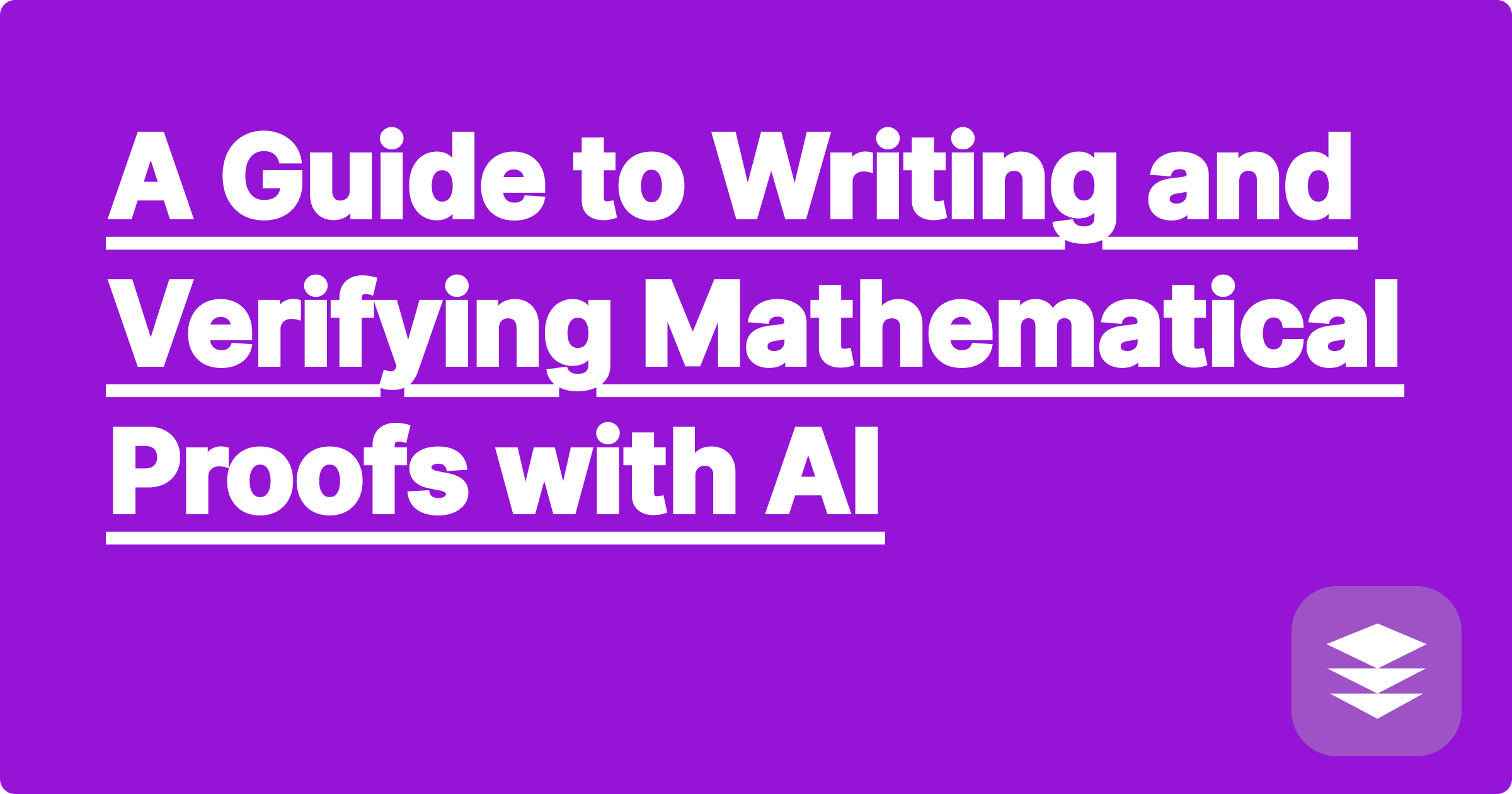
For students transitioning to higher-level mathematics, proofs present two distinct and difficult challenges. The first is writing the proof: starting with a blank page and building a logical argument from scratch. The second, equally important hurdle is verifying the proof: looking at your own work and knowing with confidence that it is logically sound and free of errors. This is where getting reliable mathematical proofs help is essential.
When you're first learning how to write proofs, the biggest challenge is structure. An AI assistant like GPAI Solver can act as your guide. You can give it a statement to prove (e.g., "Prove that the product of two odd integers is odd") and it will generate a model proof. Studying this model teaches you the fundamental "shape" of a direct proof, including how to use definitions and how to structure the logical flow.
This is where AI becomes a uniquely powerful tool. After you've written your own proof, you can use the AI to check it.
This feedback is like having a TA available 24/7 to review your work.
[Image: A screenshot showing a student's typed proof on the left, and GPAI Solver's feedback on the right, highlighting a logical gap and suggesting a more rigorous statement. Alt-text: An AI assistant providing feedback to verify mathematical proofs.]
You can also use the AI to learn different styles of argumentation.
The process of writing a proof and then having it validated by an objective AI is incredibly powerful. It helps you catch your own blind spots and builds the confidence you need to trust your own reasoning. You learn to verify proofs with the same rigor that you write them.
A: It is exceptionally good at finding logical gaps, algebraic mistakes, and incorrect applications of definitions. For very high-level, novel proofs in research mathematics, human oversight is still essential, but for the types of proofs encountered in undergraduate courses, it is a remarkably effective verification tool.
A: No! Computer science students writing proofs about algorithm correctness, physics students deriving equations, and engineering students working on theoretical problems can all benefit from using an AI to check their logical arguments.
Proofs are the bedrock of mathematics and science. By using AI as both an architect to help you build your arguments and a checker to help you verify them, you can master this essential skill with more confidence and efficiency than ever before.
[Get help writing and verifying your mathematical proofs. Try the GPAI Solver today. Sign up for 100 free credits.]
A Step-by-Step Guide to Your First MATLAB/Simulink Project with AI
How to Design and Analyze a Simple RLC Circuit with an AI Assistant
The Ultimate Cheatsheet for Your Thermodynamics Final Exam
From Free-Body Diagram to Solution: Solving Statics Problems with AI
How to Ace Your Signals and Systems Class with an AI Fourier Analyzer
Your Personal Assistant for Fluid Mechanics Homework
How to Create an Algorithm Analysis (Big O) Cheatsheet with AI
A Guide to Writing and Verifying Mathematical Proofs with AI
How to Build a Complete Study Guide for Your Operating Systems Course
Using an AI to Solve and Explain Probability Distribution Problems